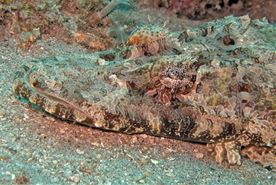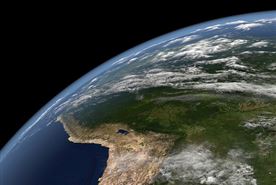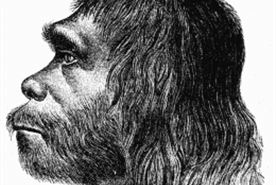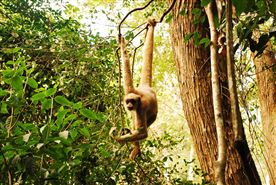Evolution
Verb
change so as to suit new or different conditions
The eyes of most animals cannot cope with ultraviolet light because it carries enough energy to damage vision. However, living on Arctic frozen wastes that reflect around 90% of the UV light, reindeer have adapted to see it.
Noun
adjustment to environmental conditions
When a species of soft-shelled turtle in China piddles in puddles, it does so through its mouth. This adaptation, which requires far less water than the usual method, allows the reptile to live in brackish environments.
Adjective
belonging to an early type of animal or plant from which others have evolved
Millions of monarch butterflies travel to ancestral winter roosts in Mexico's shrinking mountain fir forests. They travel thousands of miles, taking directional cues from the sun.
Noun
animal's coloring or form that enables it to blend in with its surroundings
Frilly iris lappets, which look like seafloor sand, break up the eye’s black pupil to conceal this master of camouflage even more.
Noun
state or quality of being different or varied
Scientists were flabbergasted at the discovery of cryptomycota, newly discovered life forms related to fungi but with enough diversity to be considered their own category.
Adjective
adapted to life with humans
Forced into increasingly smaller habitats, tigers are sharing more space with domestic dogs, many of which carry canine distemper virus. CDV-infected tigers seem to be unfazed by people, wandering into roads and villages.
Verb
develop to a different adaptive state or condition
New research into skulls suggests that facial features believed for over a century to be adaptations to extreme cold are unlikely to have evolved in response to glacial periods after all.
Adjective
beginning to appear or develop
The advantages of cooperation and social learning propelled incipient human groups along a different evolutionary path.
Adjective
adapted for grasping especially by wrapping around an object
With their disproportionately long limbs and prehensile tail, spider monkeys live in the upper layers of the rainforest and forage in the high canopy.
Noun
diagram that has branches in descending lines showing relationships
Pandoraviruses, larger than many bacteria and even some eukaryotic cells, are more than mere record-breakers. They also hint at unknown parts of the tree of life. Just 7% of their genes match those in existing databases.









